Town Accuses Photographer of Staging His Shots That Won World Press Photo
![]()
Charleroi is a town of about 200,000 people in Belgium that has fallen upon some tough times in recent years due to increases in unemployment, poverty, and crime. Italian photojournalist Giovanni Troilo pointed his lens at the city last year, capturing a gloomy photo essay titled “The Dark Heart of Europe.” The images were recently awarded 1st prize at the prestigious World Press Photo contest in the Contemporary Issues category.
The contest, which already got a black eye after 20% of the finalists were disqualified for unethical photo editing, has another messy problem on its hands: the town is accusing Troilo of staging his winning photos.
“[T]o hide some perspectives with unverified information and to distort and twist reality by staging, it is anything but photojournalism,” Magnette writes. Here’s one of the photographs found in the series:
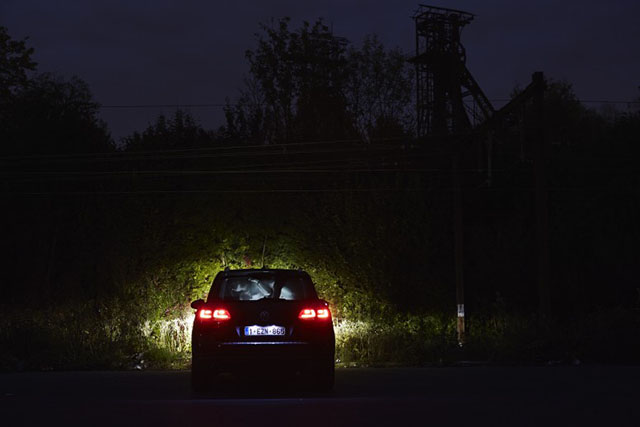
Magnette says that rather than being a situation Troilo came across, the photo was “a staging with the cousin of the photographer.”
Another image appears to show a man sheltered away in his home to escape the danger outside.
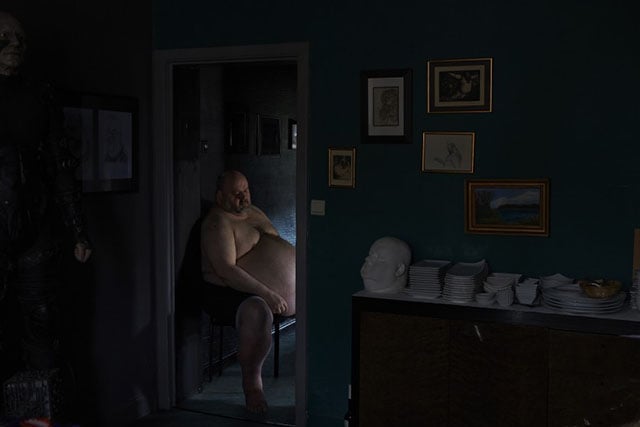
Not true, says Magnette. “The dramatic stage lighting and photo captions suggest that the person in the photo is a recluse living at home to escape violence in his neighborhood,” he writes. “This is actually Philippe Genion, a well-known personality in Charleroi and…loves posing topless. He lives in a neighborhood that is relatively peaceful. Its magnificent home is also a wine bar.”
As evidence, Magnette sent WPP this video of Genion enjoying his home and life:
Troilo also included a photo of police officers running with a caption talking about the new police headquarters, perhaps to suggest a rising crime rate.
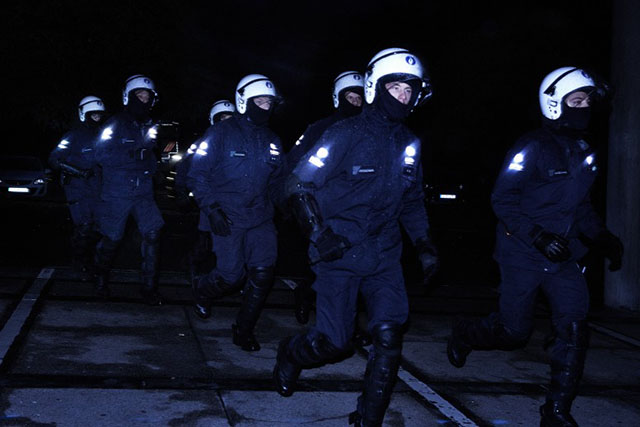
The mayor says that the new building is one that had been planned for a long time and was designed by a well known architect.
Here’s Troilo’s introduction to the series and a few more shots that were included in it:
Today, social unrest is part of the lives of citizens of Charleroi. The roads, which were clean and the flowering time, are now abandoned and in disrepair. Factories close and vegetation reasserts itself in the old industrial areas. Only a perverse and twisted sexuality, racial hatred, a neurotic obesity or drug abuse appear to be the solutions to make it acceptable endemic malaise. Charleroi is a reflection of what is happening on a larger scale in Europe. Do we have to stay together as our main mission failed? We’ll have a second chance? This is the question posed to Europe today is the question posed to the city of Charleroi, the black heart of Europe.
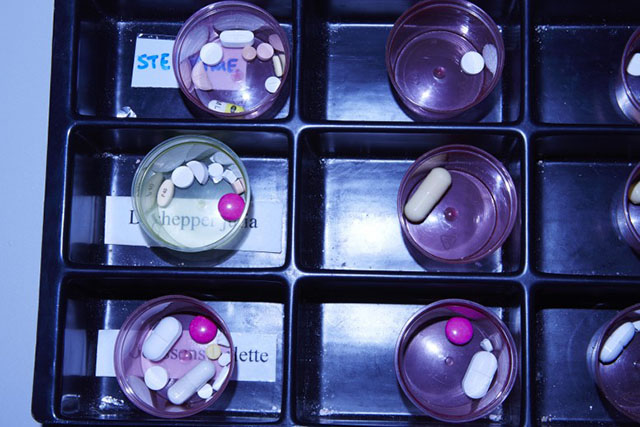
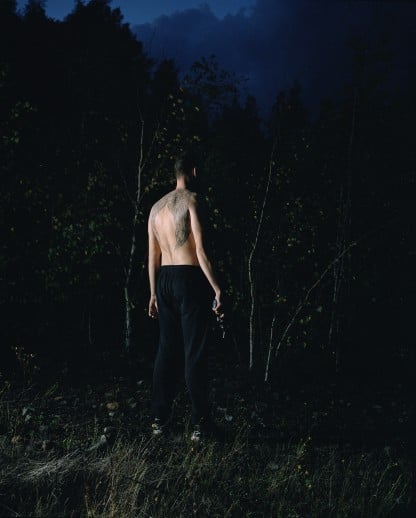
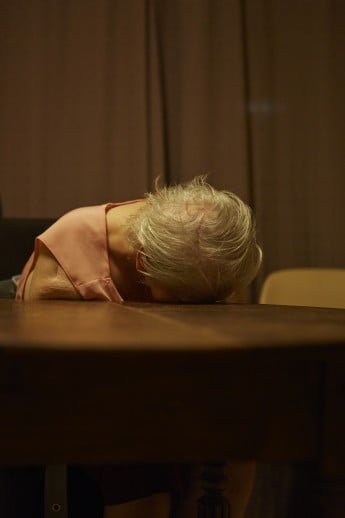
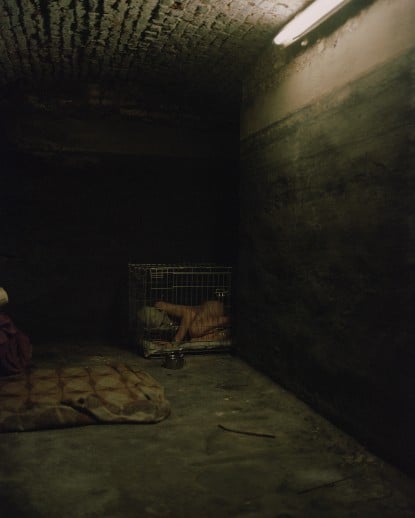
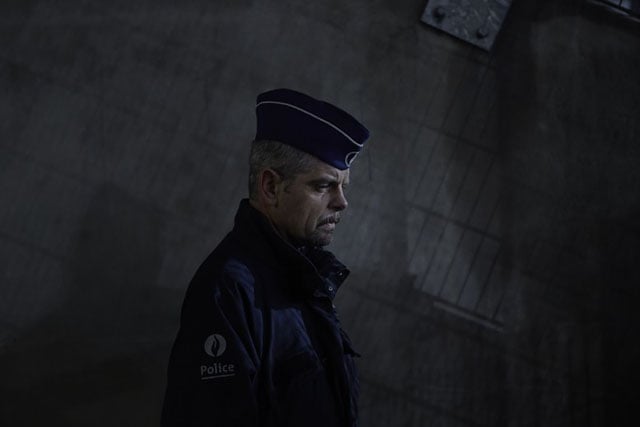
“The photographer has literally gone about distorting reality, which discriminates against the city of Charleroi, its people, and the profession of photojournalist,” writes Magnette. “No, Charleroi is not the black heart of Europe. You will not find residents who recognize this town in his series of images; whose captions are more like settling of old scores, than reportage.”
Magnette is now calling for Troilo to be stripped of his award. The competition has announced that it’s looking into the mayor’s claims. Troilo has not yet responded to our request for comment regarding this matter.
P.S. The news agency AFP published an interesting essay today in response to this ongoing discussion about ethics in photojournalism. It notes that the camera can be used to manipulate truth just as much as editing after the fact:
“But manipulation is not always a question of post-processing. Well before tampering with a photo, it is possible to manipulate its meaning.”
It is widely accepted, for instance, that cropping and rotating a ski picture on Photoshop to make the descent look steeper constitutes fraud. But you can obtain the same effect much more easily by rotating the camera as you take the shot. In that case, neither comparing the picture with the RAW photo file nor running it through Tungstene will detect the trickery. Likewise if the picture is staged.
“A photograph is the association of an image and a caption,” says Roger Cozien. “It’s the meeting of these two elements that determines whether a photograph is fake or not.”